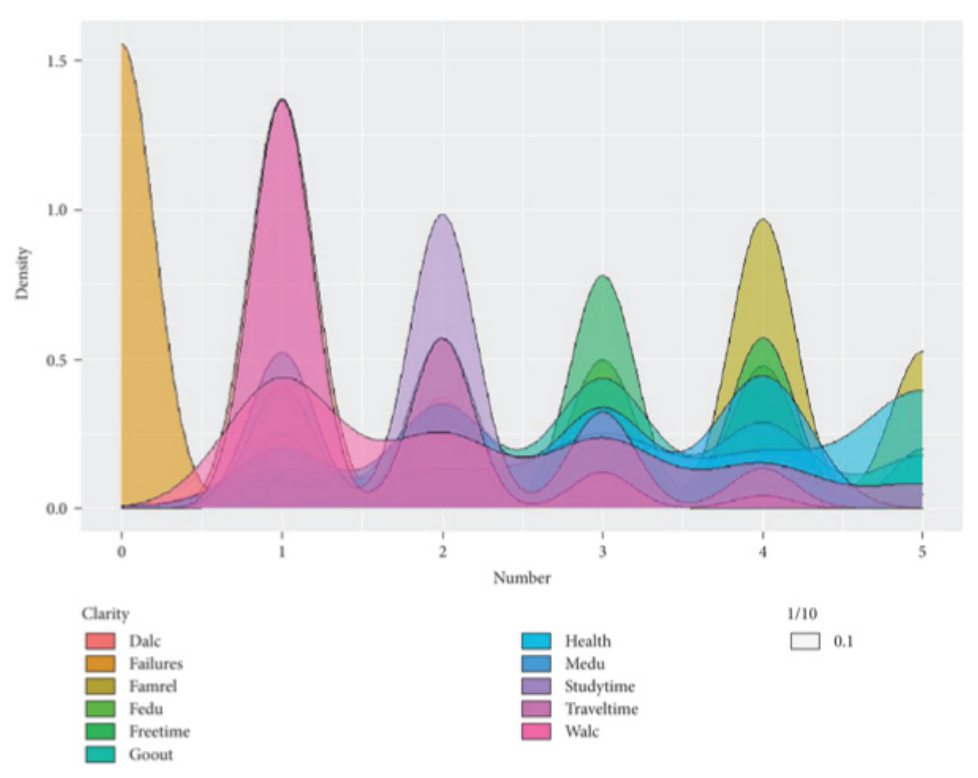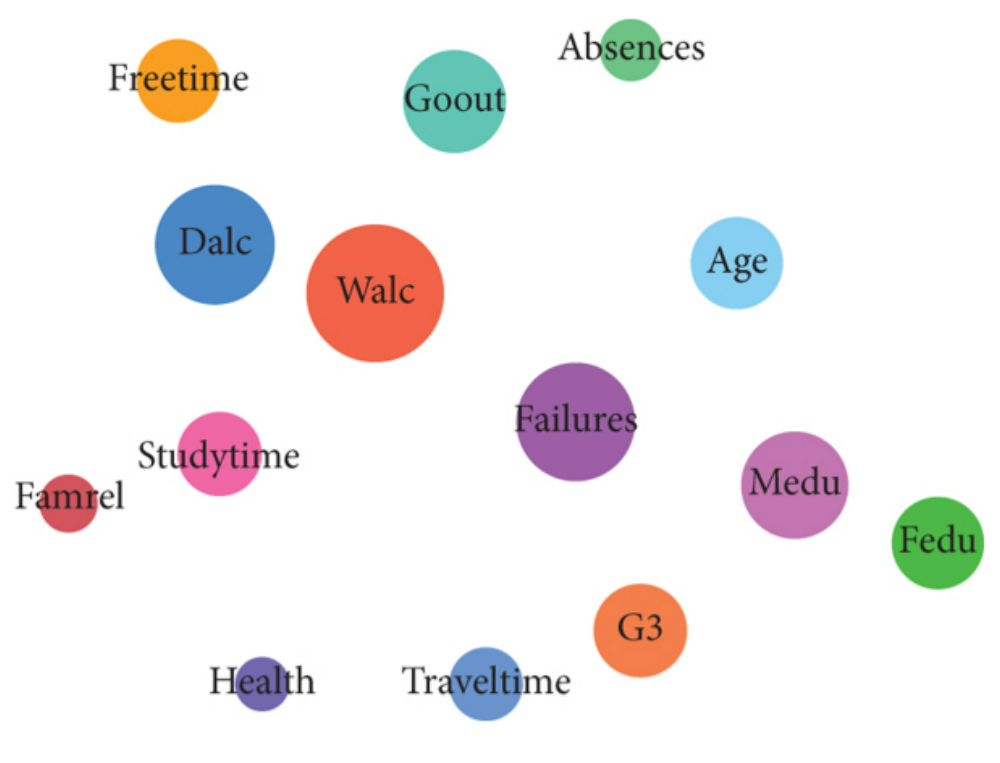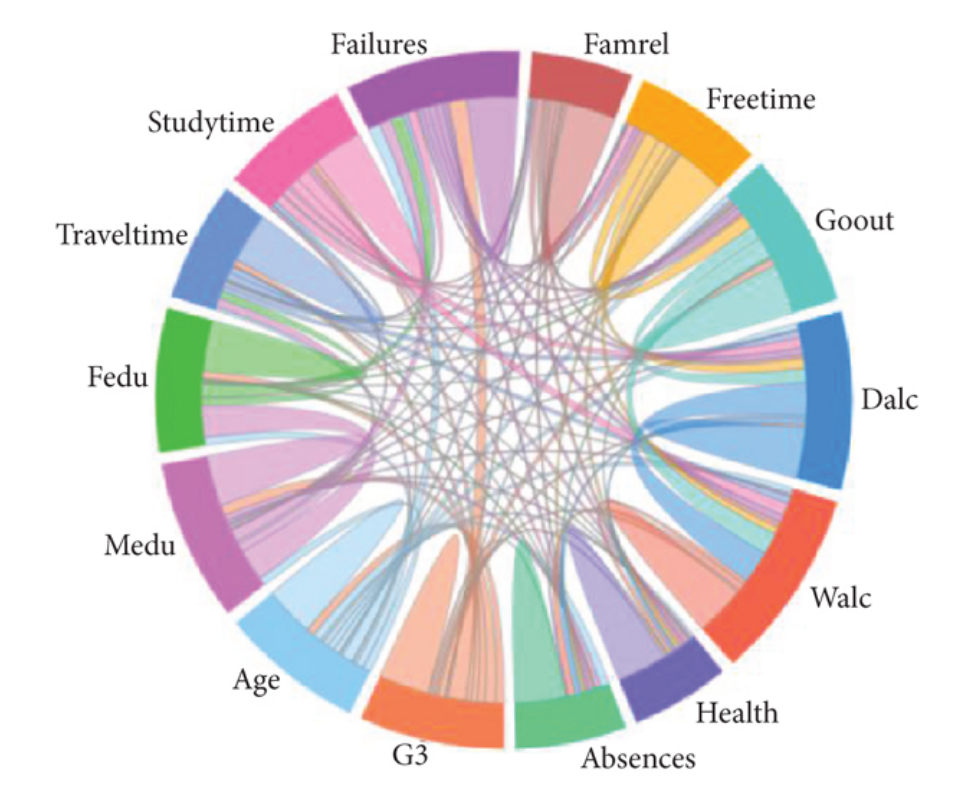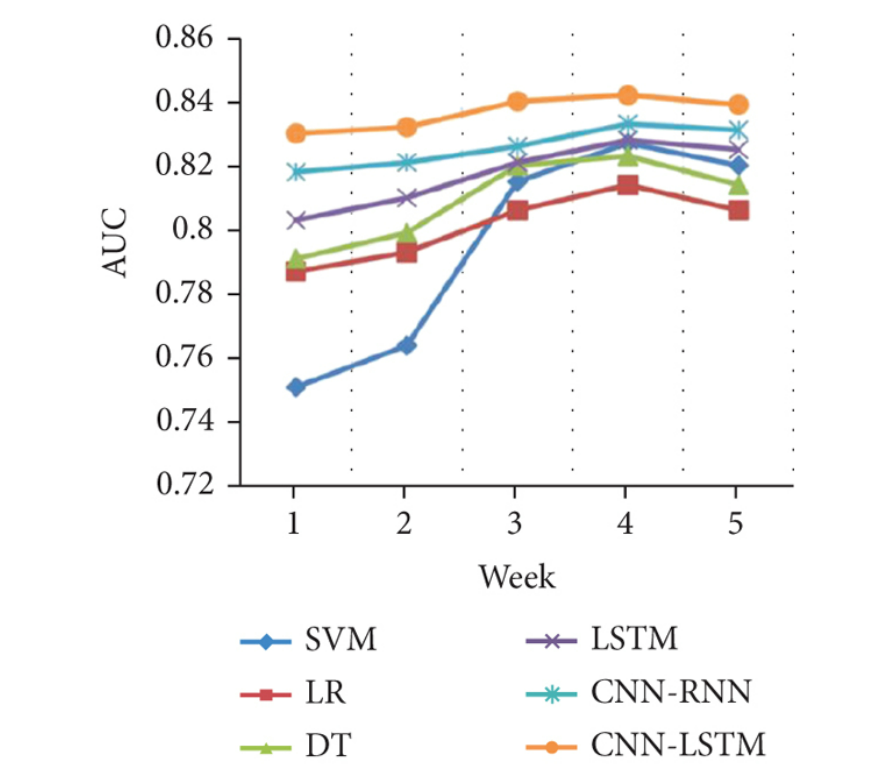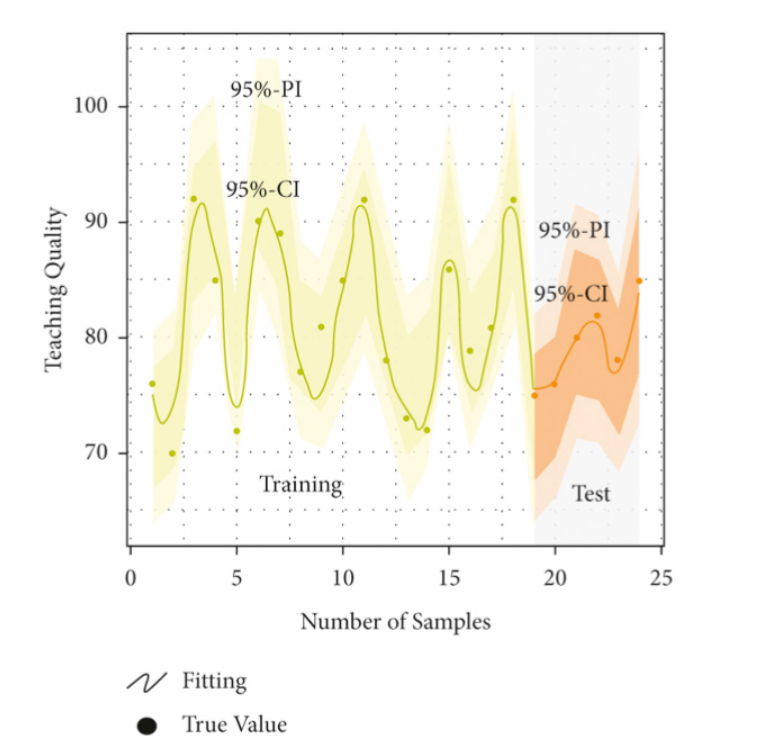 An open access journal
An open access journal
Exploring the Transformative Power of Storytelling in Arts Education: Amplifying Voices, Building Empathy, and Cultivating Resilience
Abstract
This paper delves into the transformative power of storytelling within arts education, emphasizing its ability to amplify voices, build empathy, and cultivate resilience among learners. Drawing from interdisciplinary literature encompassing education, psychology, and narrative studies, the paper investigates how storytelling serves as a potent tool for fostering social and emotional development, enhancing cultural understanding, and promoting self-expression. It discusses the multifaceted role of storytelling in arts education, encompassing oral traditions, visual narratives, and digital storytelling techniques, and their capacity to engage learners in meaningful exploration of personal and collective experiences. The paper highlights the significance of providing students with opportunities to share their own stories, as well as to critically engage with diverse narratives from their communities and beyond. Through case studies and examples, it illustrates successful applications of storytelling in arts education settings, including narrative-based curricula, community storytelling projects, and arts-based interventions for trauma recovery. Additionally, the paper addresses challenges such as cultural sensitivity, ethical considerations, and the need for inclusive storytelling practices. It concludes by advocating for a holistic approach to arts education that embraces storytelling as a central pedagogical tool for fostering empathy, resilience, and social change.
Share and Cite
Article Metrics
References
- Bruner, J. (2002). Making Stories: Law, Literature, Life. Harvard University Press.
- Clandinin, D. J., & Connelly, F. M. (2000). Narrative Inquiry: Experience and Story in Qualitative Research. Jossey-Bass.
- Heath, S. B., & McLaughlin, M. W. (1993). Identity and Inner-City Youth: Beyond Ethnicity and Gender. Teachers College Press.
- Polkinghorne, D. E. (1995). Narrative Configuration in Qualitative Analysis. International Journal of Qualitative Studies in Education, 8(1), 5-23.
- Riessman, C. K. (2008). Narrative Methods for the Human Sciences. Sage Publications.
- Saldaña, J. (2016). The Coding Manual for Qualitative Researchers (3rd ed.). Sage Publications.
- Yoon, J., Bailey, S., & Madden, L. (2019). The Power of Digital Storytelling for Social Justice Pedagogy: Critical Literacy and Empathy in Teacher Education. Journal of Digital Learning in Teacher Education, 35(2), 62-73.

